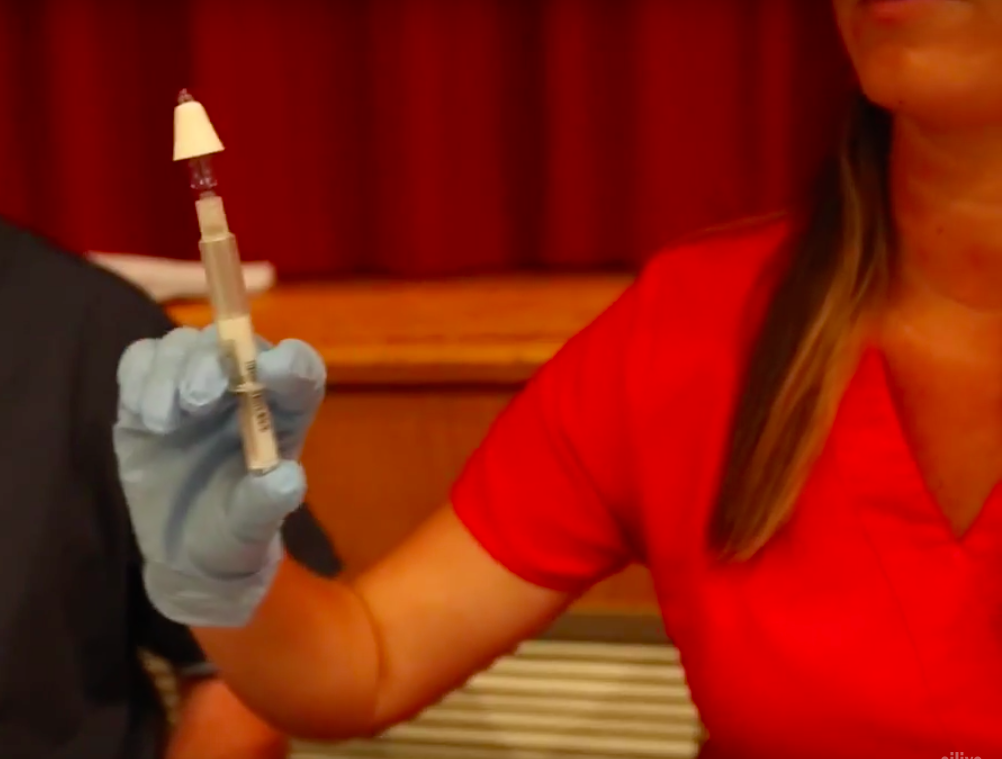
The opioid crisis may have started with prescription painkillers and continued with heroin, but the third and most deadly wave is coming in the form of fentanyl analogues. New fentanyl offshoots—typically manufactured in clandestine laboratories abroad and imported to the United States—are being found at the scene of fatal opioid overdoses.
This puts us in uncharted waters. Human beings have not been consuming these chemicals for very long. Acryl fentanyl and tetrahydrofuran fentanyl, for example—two analogs appearing in Georgia—are several orders of magnitude stronger than heroin. These chemicals are less like oxycodone and heroin, and more akin to poisoned batches of bathtub gin that killed thousands of Americans during Prohibition. Remember when the government poisoned alcohol to keep people from drinking it?
Illicit fentanyl contaminating the heroin supply is so strong, in fact, that we’re now seeing hysteric headlines saying it’s “resistant” to naloxone, the only antidote known to reverse opioid overdoses. For example, this headline from Newsweek: “Fentanyl Found in Georgia Resists Life-Saving Naloxone Antidote.”
But that’s a scientifically dubious assertion. As Nelly Miles, spokesperson for Georgia’s Bureau of Investigation Crime Lab, explains: “The way the story was received was that naloxone does not work.” But actually the “newer analogues are more resistant to naloxone. They require multiple doses,” said Miles, who also happens to be a forensic chemist.
Naloxone is typically administered with an initial 0.4mg dose, according to the FDA. That’s a relatively small dose. The idea behind using small doses first is so the overdose victim is not thrown immediately into an intense, acute withdrawal. Users describe that as a terrible experience. Take this first responder’s word for it, who was punched in the face for giving an overdose victim too large a dose, in effect causing a sudden and agonizing withdrawal.
But the FDA warns that if large doses of opioids have been taken, then greater doses of naloxone may be necessary to reverse the overdose. First responders are now being told to forgo the initial 0.4mg dose and instead go straight for a 2mg dose, because the illicit fentanyl that’s out there binds to opioid receptors more tightly than other opioids they’re accustomed to encountering.
According to an article in the New England Journal of Medicine, “up to six times the usual 0.4mg intravenous dose [of naloxone] might be required for fentanyl analogues or other synthetic opioids because of its greater toxicity compared with other opioids and the unpredictable amount of substance in each tablet.”
“Bottom line,” said Miles from the Georgia crime lab, “is that the newer fentanyl analogues are requiring many more doses of naloxone to reverse an opioid overdose. And unfortunately, we’ve seen instances here in Georgia where every life could not be saved. There are little to no scientific studies on these new strains.”
